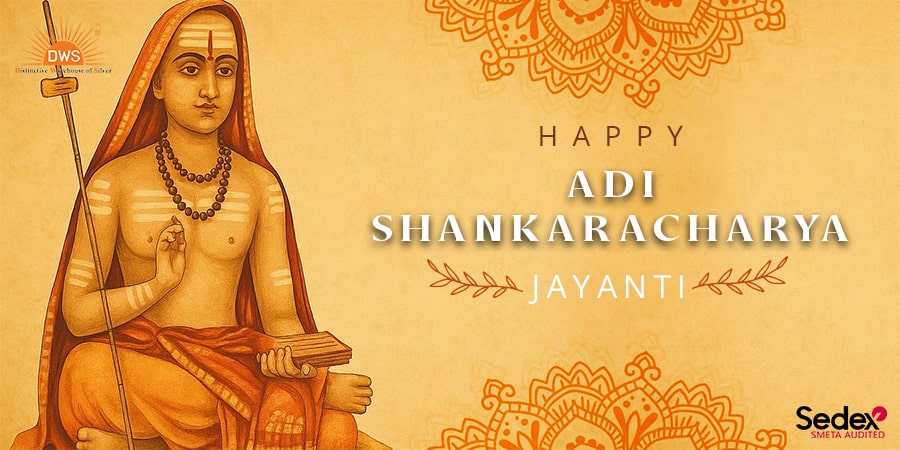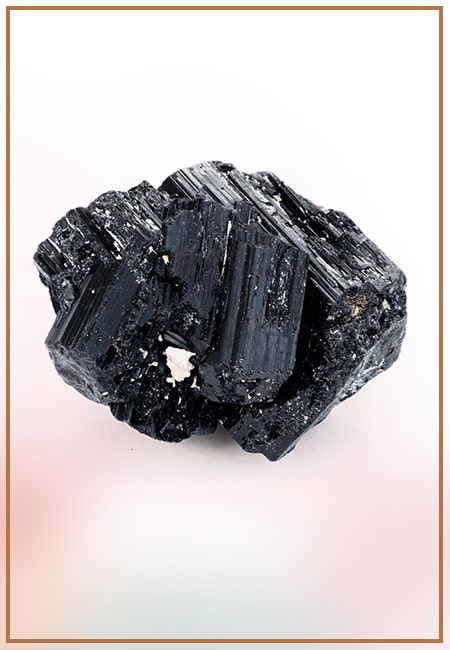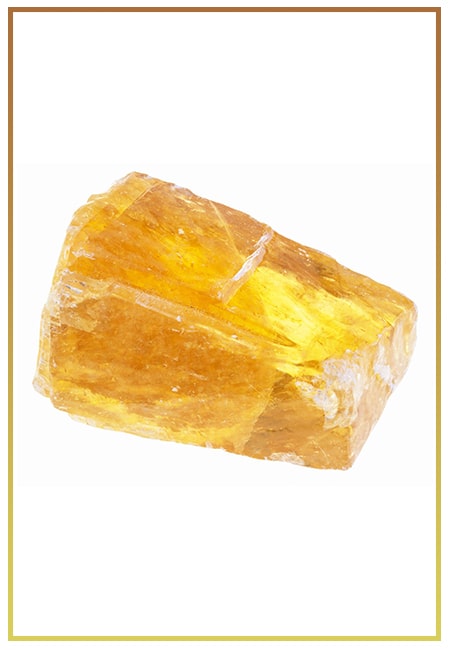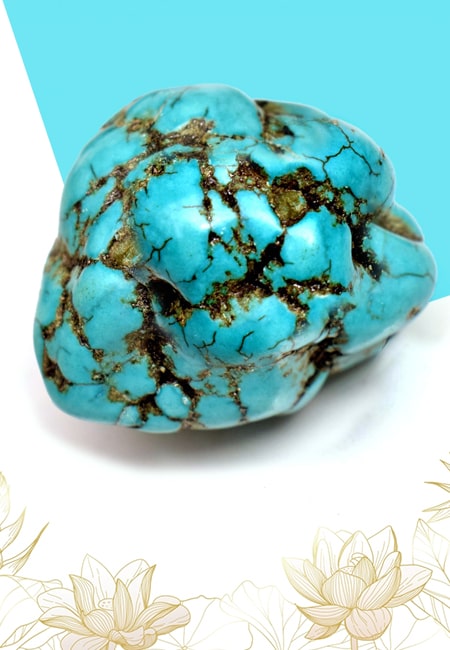- Written By Team DWS
- Festivals
- May 02, 2025
Adi Shankaracharya Jayanti: Rituals, Significance, and Celebrations
Adi Shankaracharya, one of the most revered philosophers and spiritual leaders of ancient India, is celebrated for his role in reviving Hindu philosophy and Advaita Vedanta. His profound teachings and commentaries on ancient scriptures paved the way for a deeper understanding of the self and the ultimate reality. Each year, devotees celebrate Adi Shankaracharya Jayanti, marking the birth anniversary of this great sage. In this blog, we delve into the rituals, significance, and celebrations associated with this auspicious day.

Significance of Adi Shankaracharya
Born in Kaladi, Kerala, around the 8th century CE, Adi Shankaracharya is credited with establishing the non-dualistic school of philosophy known as Advaita Vedanta. The core tenet of this philosophy is the illusory nature of the physical world and the oneness of the individual soul (Atman) with the supreme soul (Brahman).
Shankaracharya traveled extensively across India, engaging in debates, spreading the philosophy of Advaita Vedanta, and establishing four major mathas (monastic centers) — Sringeri, Dwarka, Puri, and Joshimath — which continue to be significant centers of Hindu learning and spirituality.
His teachings emphasized the importance of knowledge (Jnana) and the practice of meditation (Dhyana) as means to attain liberation (Moksha). Through his writings, such as the "Brahma Sutras" and "Upanishads," he provided valuable insights that continue to resonate with seekers of truth to this day.
Rituals of Adi Shankaracharya Jayanti
Adi Shankaracharya Jayanti is celebrated not just in India but across the world, particularly among the followers of Advaita Vedanta. The rituals conducted on this day also vary by region, but they commonly reflect devotion and respect for the great sage. Here are some prevalent rituals observed during the celebrations:
1. Puja and Homage
Devotees begin the day with special prayers (puja) dedicated to Adi Shankaracharya. Idols or pictures of Shankaracharya are decorated with flowers, and offerings of fruits, sweets, and incense are made. Many people also recite his hymns and verses, such as "Brahma Sutra Bhashya" and “Vishnu Shasanaama,” acknowledging his contributions to Hindu philosophy.
2. Recitation of Texts
The recitation of holy texts plays a significant role during this celebration. Many devotees engage in reading and discussing Adi Shankaracharya’s works, especially his commentaries on sacred scriptures. Schools and temples often organize special study sessions where scholars elaborate on his philosophies.
3. Satsang and Discourses
Satsangs (spiritual gatherings) are held, where spiritual leaders and scholars share insights from Shankaracharya's life and teachings. These discourses often revolve around themes of enlightenment, self-realization, and the pursuit of knowledge. They aim to inspire individuals to lead a life of virtue, wisdom, and spirituality.
4. Charitable Acts
In the spirit of compassion that Shankaracharya extolled, many followers engage in acts of charity and service on this day. Donations to temples, feeding the needy, and providing educational support reflect his teachings on helping others as a form of worship.
5. Cultural Programs
In various regions, cultural programs and performances are organized to celebrate his contributions. Dance dramas, music recitals, and other art forms that depict Shankaracharya’s life and philosophies attract people from all walks of life, promoting a deeper understanding of his teachings.
Celebrations Across India
Celebrations of Adi Shankaracharya Jayanti can differ greatly based on regional customs and traditions. In Kerala, his birthplace, observances often include vibrant festivities with traditional music and dance, coupled with community feasts. In other regions, temples host grand rituals, and thousands of devotees gather to participate in the celebrations.
In mathas associated with Shankaracharya, special programs feature spiritual discourses and recitation of his works. In places like Sringeri, elaborate ceremonies take place, with thousands coming together to seek blessings from the spiritual leaders who have succeeded him through generations.
Conclusion
Adi Shankaracharya Jayanti is a day of reverence and reflection for all those who seek truth and wisdom. The rituals performed and the celebrations held across the world are not merely commemorative; they are an opportunity for individuals to connect with the profound teachings that Shankaracharya imparted. His life continues to inspire millions, urging them to look inward, understand the essence of existence, and strive for spiritual enlightenment. As we celebrate his Jayanti, let us embrace his teachings, and foster a spirit of inquiry and compassion within ourselves and others. This day serves as a reminder to seek knowledge, nurture our consciousness, and cultivate an understanding of the unity that underlies all existence. By embodying the principles of non-duality and the pursuit of self-realization that Shankaracharya so eloquently articulated, we can contribute to a more harmonious and enlightened world. Let us honor his legacy by engaging in acts of kindness, meditation, and learning, striving to awaken the divine potential that resides in each of us as we journey together towards truth and wisdom.

Adi Shankaracharya Jayanti: Frequently Asked Questions (FAQs)
Certainly! Below are some frequently asked questions (FAQs) about Adi Shankaracharya Jayanti:
Q1: What is Adi Shankaracharya Jayanti?
A1: Adi Shankaracharya Jayanti is a celebration marking the birth anniversary of the revered Indian philosopher and theologian, Adi Shankaracharya, who is known for consolidating the Advaita Vedanta school of thought within Hindu philosophy.
Q2: When is Adi Shankaracharya Jayanti celebrated?
A2: Adi Shankaracharya Jayanti is typically celebrated on the Shukla Paksha Panchami (the fifth day of the waxing moon) in the month of Vaishakha in the Hindu lunar calendar. This usually falls in April or May in the Gregorian calendar, but the exact date can vary each year.
Q3: Why is Adi Shankaracharya important in Hindu philosophy?
A3: Adi Shankaracharya is significant for his role in establishing the philosophy of Advaita Vedanta, which teaches the oneness of the individual soul (Atman) and the ultimate reality (Brahman). He is credited with revitalizing Hinduism and promoting the importance of knowledge and self-realization.
Q4: What are some of the contributions of Adi Shankaracharya?
A4: Adi Shankaracharya's major contributions include writing seminal texts such as the "Bhaja Govindam," commentaries on the Upanishads, Bhagavad Gita, and Brahma Sutras, as well as establishing monastic centers (mathas) across India to promote Vedanta philosophy and spirituality.
Q5: How is Adi Shankaracharya Jayanti celebrated?
A5: The celebration typically includes special prayers, rituals, and discourses on the life and teachings of Adi Shankaracharya. Many devotees also engage in reading his scriptures, visiting temples, and performing acts of charity in his honor.
Q6: Are there any specific rituals associated with the celebration?
A6: Rituals may vary depending on regional customs, but they can include offering flowers and fruits at his idols or images, chanting his verses, organizing spiritual discourses, and conducting prayers in monasteries or temples dedicated to him.
Q7: Who can participate in the celebrations?
A7: Everyone is welcome to participate in the celebrations, including students, scholars of philosophy, and anyone interested in spirituality and Advaita Vedanta.
Q8: Is Adi Shankaracharya Jayanti observed only in India?
A8: While it is predominantly celebrated in India, the teachings of Adi Shankaracharya and Advaita Vedanta have spread globally. Therefore, many communities and organizations around the world also observe this day with respect and reverence.
Q9: How can I learn more about Adi Shankaracharya's teachings?
A9: To learn more about Adi Shankaracharya's teachings, consider reading his texts, attending lectures or seminars on Vedanta philosophy, or reaching out to local temples or educational institutions that offer courses on HIndu philosophy.
Q10: Are there any online resources for celebrating Adi Shankaracharya Jayanti?
A10: Yes, many online platforms offer resources such as webinars, video lectures, and digital puja services to celebrate Adi Shankaracharya Jayanti, especially during the pandemic. Websites of spiritual organizations often provide materials related to his teachings and ways to celebrate virtually.
Feel free to ask more questions if you need further information!
Popular on Blogs

Black Tourmaline: Meaning, Healing Properties, Fascinating Facts, Powerful Attributes, Versatile Uses, and Beyond
September 05, 2023 / BY Team DWS
Black Tourmaline, also known as Schorl, is a highly revered crystal with incredible metaphysical properties. It derives its name from the Dutch word "turamali," meaning "stone with ..

Carnelian Stone: Meaning, Healing Properties, Power, Facts, Color, Uses and More
December 26, 2023 / BY Team DWS
Carnelian is a vibrant and captivating gemstone that holds a plethora of meanings, healing properties, and powers. Its warm and fiery energy makes it a popular choice among crystal ..

Citrine: Exploring its Meaning, Healing Properties, Fascinating Facts, Powers, Versatile Uses, and Much More
November 18, 2023 / BY Team DWS
Citrine, with its warm golden hues, has captured the attention and imagination of people for centuries. This beautiful gemstone, commonly associated with wealth and prosperity, hol ..

Black Onyx: Unveiling the Meaning, Healing Properties, Fascinating Facts, Powerful Attributes, Versatile Uses, and Beyond
July 25, 2023 / BY Team DWS
Black Onyx, a striking gemstone admired for its deep black hue and elegant appearance, has captivated people for centuries. In this comprehensive guide, we will delve into the mean ..

Unveiling the Mysteries of Turquoise Stone: Exploring its Meaning, Healing Properties, Power, Facts, Color, Uses, and More
December 05, 2023 / BY Team DWS
Turquoise, with its captivating blue-green hue, has been adorning jewelry and artifacts for centuries. This striking stone has a rich history, rich symbolism, and a plethora of int ..

The History Behind The Popularity of Red Agate
December 23, 2022 / BY Team DWS
An Agate is a type of magma rock that takes many years till it is washed out naturally into the water. And that is the reason this stone has elements of water. This beautiful stone ..

Plan a Perfect Valentine's Week with Our Valentine Week List 2025
January 22, 2024 / BY Team DWS
Valentine's Day is undoubtedly the most romantic day of the year, but we believe that one day is just not enough to express your love and make your partner feel special. That's why ..

Bloodstone: Unveiling the Meaning, Healing Properties, Facts, Powers, Uses, and More
August 21, 2023 / BY Team DWS
Bloodstone, with its captivating deep green color with specks of red, is a mesmerizing gemstone that has fascinated civilizations for centuries. It possesses unique healing propert ..


